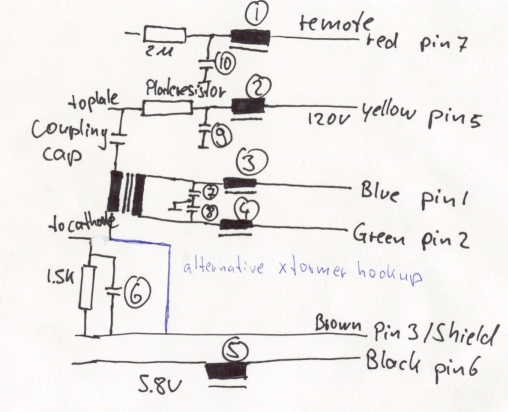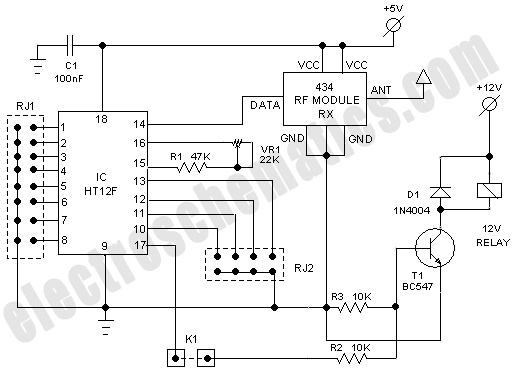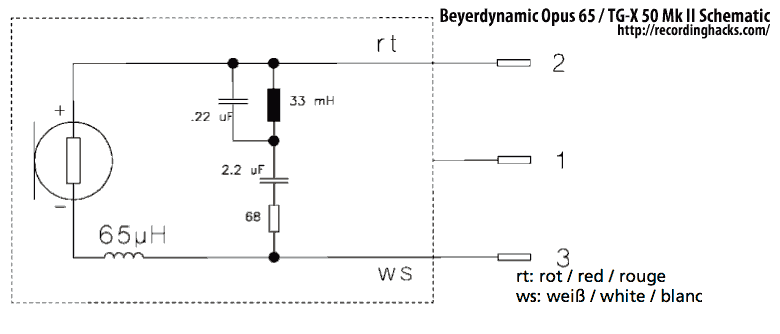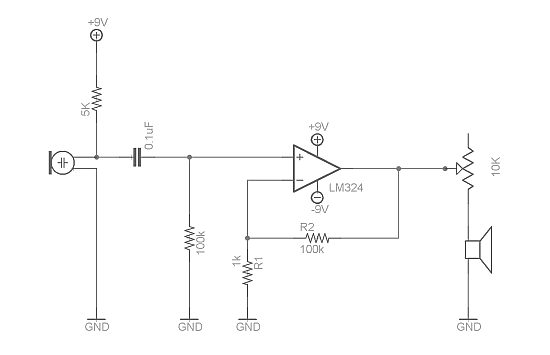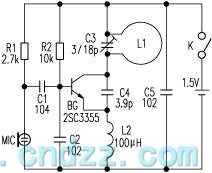
Wireless Microphone
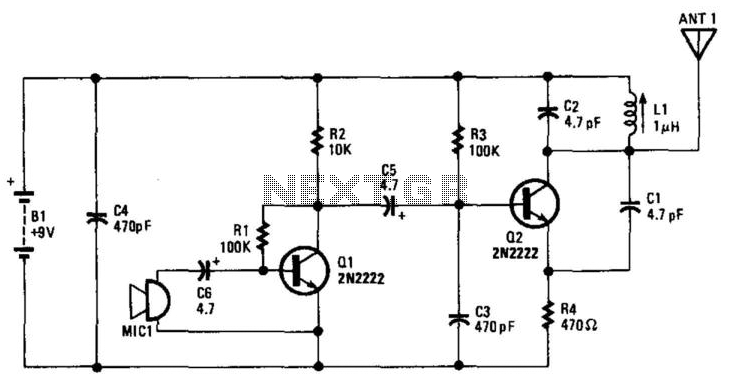
Q1 amplifies the output from an electret microphone (MIC1). The audio signal is fed into oscillator Q2, which modulates the signal. Additionally, L1 and C1 form a tank circuit designed for operation in the 88-MHz frequency range. The antenna consists of a 6- to 8-inch piece of wire, and L1 is a variable inductor within the specified range.
In this circuit, Q1 serves as a critical amplification stage, enhancing the audio signal captured by the electret microphone (MIC1). The electret microphone converts sound waves into an electrical signal, which is typically weak and requires amplification to be effectively processed. The amplified output from Q1 is then directed to oscillator Q2. The role of Q2 is to modulate the audio signal onto a carrier wave, a technique commonly used in radio frequency (RF) applications to enable the transmission of audio over longer distances.
The tank circuit, composed of L1 (a variable inductor) and C1 (a capacitor), is tuned to resonate at a frequency of 88 MHz. This frequency is significant as it falls within the FM radio band, allowing for efficient transmission of the modulated audio signal. The variable inductor L1 enables fine-tuning of the resonant frequency, which is essential for matching the circuit to the desired transmission frequency and optimizing performance.
The antenna, which is a simple length of wire measuring between 6 to 8 inches, is designed to radiate the modulated signal effectively. The length of the antenna is critical, as it should be approximately a quarter wavelength of the operating frequency for optimal radiation efficiency. Given that 88 MHz corresponds to a wavelength of approximately 3.4 meters, the chosen antenna length is suitable for effective transmission in this frequency range.
Overall, this circuit configuration is typical for low-power FM transmitters, where the combination of amplification, modulation, and proper antenna design facilitates the transmission of audio signals over short distances. The careful selection of components and their arrangement in the circuit is crucial for achieving the desired performance characteristics. Ql amplifies the output from an electret microphone MIC1. Audio is fed into oscillator Q2, which modulates the signal. LI CI is a tank circuit for operation in the 88-MHz region. The antenna is a 6- to 8-inch piece of wire. LI is a variable inductor in the l- range.
In this circuit, Q1 serves as a critical amplification stage, enhancing the audio signal captured by the electret microphone (MIC1). The electret microphone converts sound waves into an electrical signal, which is typically weak and requires amplification to be effectively processed. The amplified output from Q1 is then directed to oscillator Q2. The role of Q2 is to modulate the audio signal onto a carrier wave, a technique commonly used in radio frequency (RF) applications to enable the transmission of audio over longer distances.
The tank circuit, composed of L1 (a variable inductor) and C1 (a capacitor), is tuned to resonate at a frequency of 88 MHz. This frequency is significant as it falls within the FM radio band, allowing for efficient transmission of the modulated audio signal. The variable inductor L1 enables fine-tuning of the resonant frequency, which is essential for matching the circuit to the desired transmission frequency and optimizing performance.
The antenna, which is a simple length of wire measuring between 6 to 8 inches, is designed to radiate the modulated signal effectively. The length of the antenna is critical, as it should be approximately a quarter wavelength of the operating frequency for optimal radiation efficiency. Given that 88 MHz corresponds to a wavelength of approximately 3.4 meters, the chosen antenna length is suitable for effective transmission in this frequency range.
Overall, this circuit configuration is typical for low-power FM transmitters, where the combination of amplification, modulation, and proper antenna design facilitates the transmission of audio signals over short distances. The careful selection of components and their arrangement in the circuit is crucial for achieving the desired performance characteristics. Ql amplifies the output from an electret microphone MIC1. Audio is fed into oscillator Q2, which modulates the signal. LI CI is a tank circuit for operation in the 88-MHz region. The antenna is a 6- to 8-inch piece of wire. LI is a variable inductor in the l- range.
